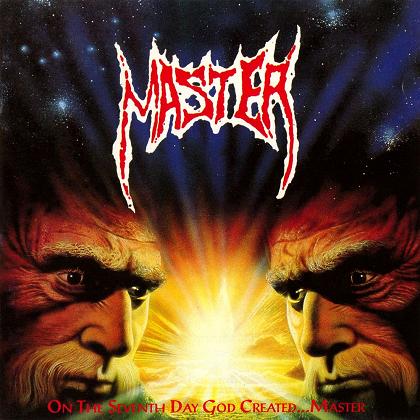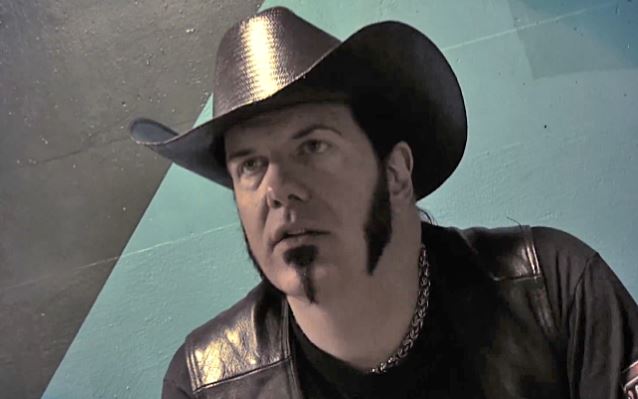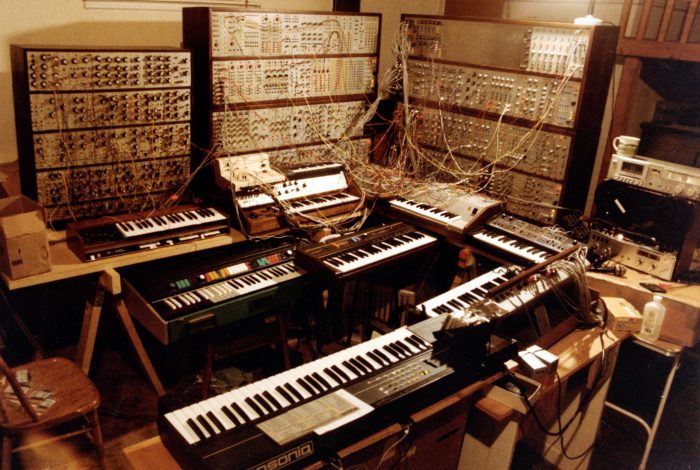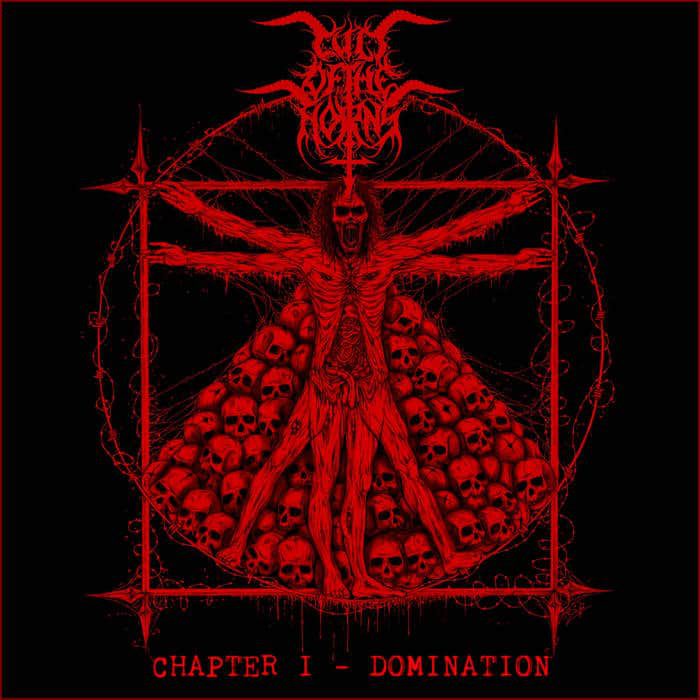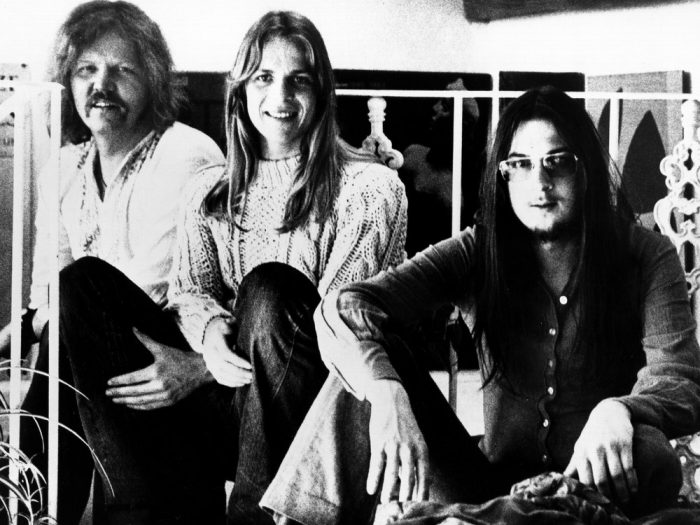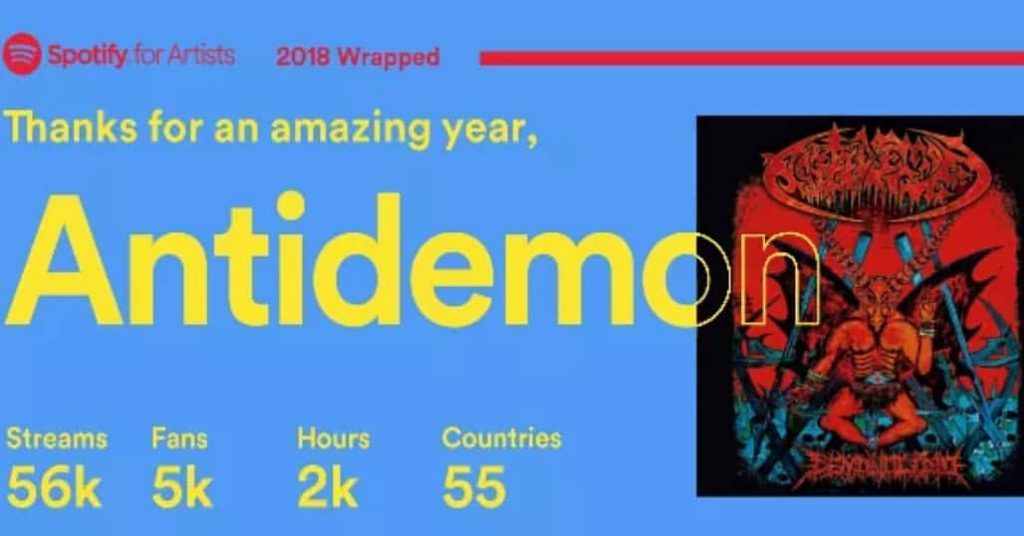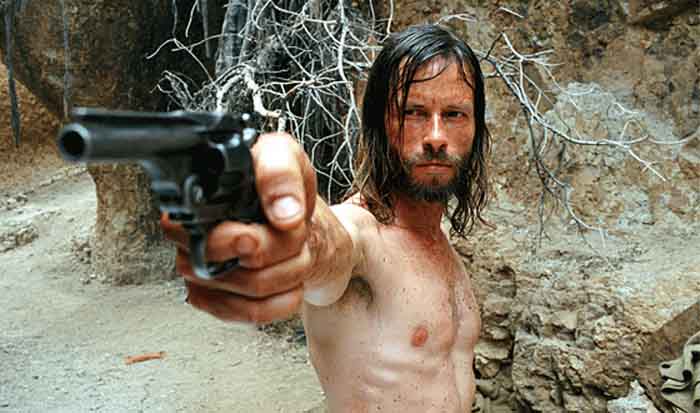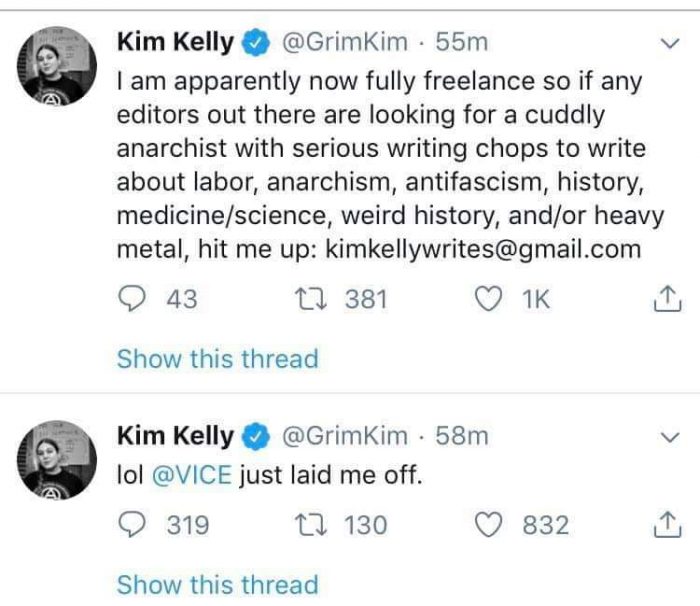
Communist, anarchist and champion of some of the worst metal to have ever been released, has finally been fired from idiotic “alternative” news outlet Vice. Kelly’s hilarious history has been well documented enough and now even her allies realize that she is a pathetic, neurotic excuse for a human being. “Grim Kim” is still delusional and believes that this is not due to her nonsensical pieces or her writing style that ressembles that of a foreigner coming to grips with the English language. Either way, this marks the end of the mainstream metal Antifa movement that has begun to attack its own heroes Behemoth in a desperate bid to keep itself going. This should be the last any of us hear of the demented crab claw lady. Good Riddance!!!
34 CommentsTags: antifa, crab claw, failer writer, good news, Kim Kelly, Loser, metalgate, vice
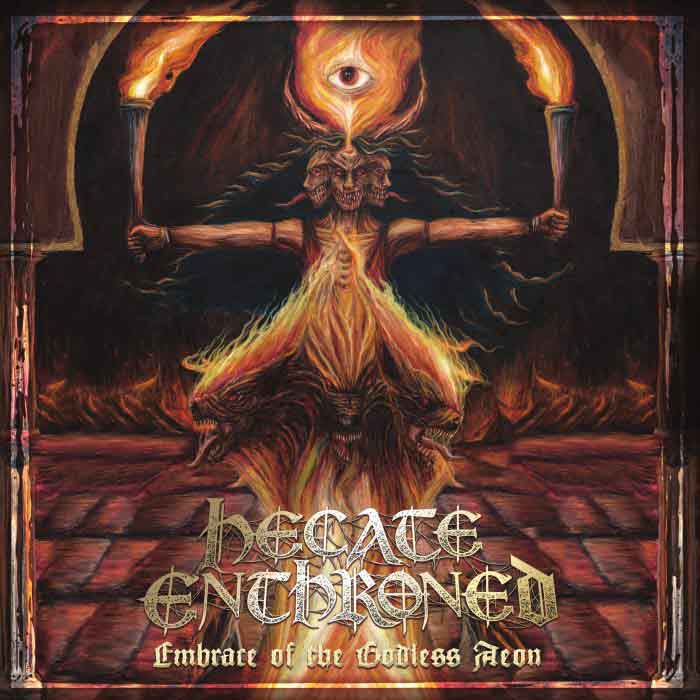
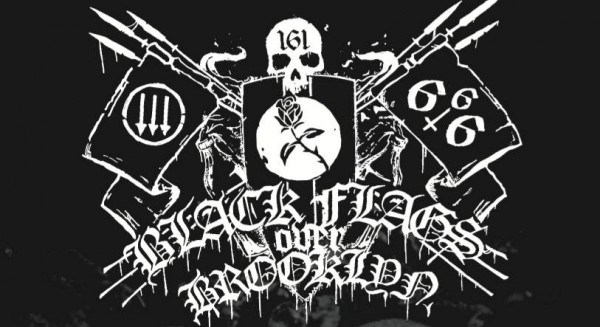 A pro-communist festival took place in Brooklyn this past weekend as part of what appears to be a radical effort to indoctrinate heavy metal fans into an extremist political agenda.
A pro-communist festival took place in Brooklyn this past weekend as part of what appears to be a radical effort to indoctrinate heavy metal fans into an extremist political agenda.